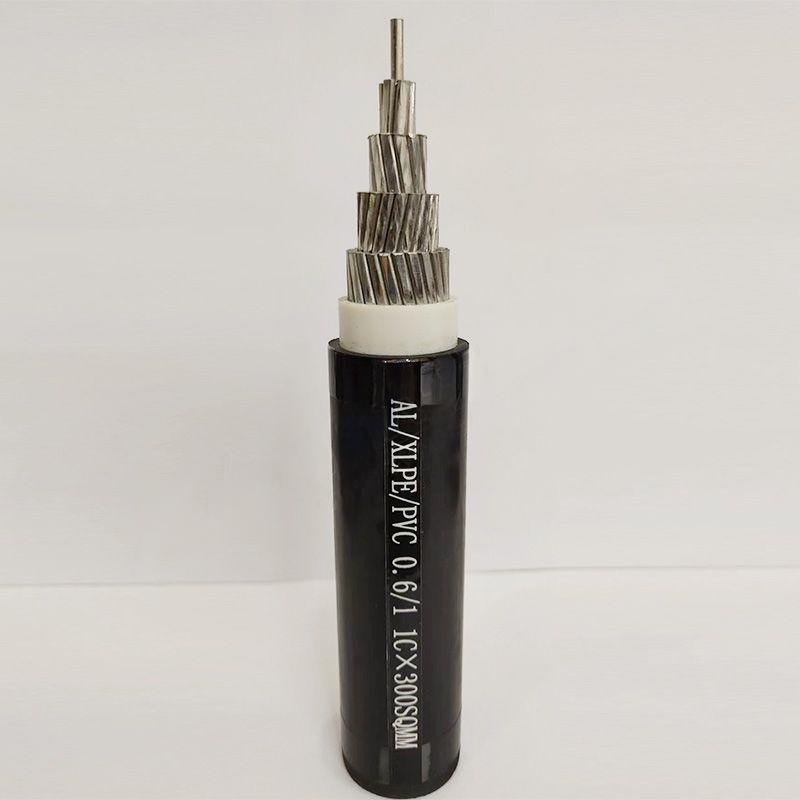Dec . 20, 2024 03:44 Back to list
actuated valve
The Importance of Actuated Valves in Modern Industrial Applications
Actuated valves are critical components in various industrial applications, serving as essential mechanisms for controlling fluid flow in pipelines and systems. These valves are equipped with an actuator that automates their opening and closing, thereby enhancing efficiency, safety, and precision in operations. As industries evolve and the demand for automation increases, actuated valves have become indispensable in sectors such as oil and gas, water treatment, chemical processing, and HVAC systems.
Understanding Actuated Valves
An actuated valve consists of two primary components the valve itself and the actuator. The valve can be a ball, gate, globe, or butterfly valve, among others, each designed to perform specific functions in fluid handling. The actuator, which can be pneumatic, electric, or hydraulic, drives the valve mechanism, allowing it to respond dynamically to control signals from automation systems.
The advantage of actuated valves lies in their ability to operate automatically without manual intervention. This feature is particularly valuable in environments where human access is limited or where conditions are hazardous. By integrating actuated valves into control systems, operators can achieve precise flow management, monitor system performance in real-time, and reduce the risk of human error.
Applications Across Various Industries
1. Oil and Gas Industry Actuated valves play a vital role in the oil and gas sector, where they manage the flow of crude oil, natural gas, and refined products. They are used in pipelines, refineries, and storage facilities to regulate pressure and ensure safe handling of volatile substances. Automated valves can swiftly respond to changing conditions, such as a sudden pressure increase, helping to prevent accidents and leaks.
2. Water Treatment Plants In water treatment facilities, actuated valves control the flow of water and chemicals used in the purification process. The ability to automate valve operations enhances efficiency by ensuring that the treatment processes run smoothly. This automation also aids in meeting strict regulatory requirements for water quality, as actuated valves can maintain consistent flow rates and adjust chemical dosing in real-time.
3. Chemical Processing The chemical industry relies heavily on actuated valves to manage the safe transfer and mixing of chemicals. These valves help maintain the correct conditions required for various reactions, preventing overflow or contamination. Automated sequencing of valve operations allows for precise control over batch processes, improving overall production efficiency.
actuated valve

4. HVAC Systems In heating, ventilation, and air conditioning (HVAC) systems, actuated valves modulate airflow and temperature regulation. They control the flow of water to heating and cooling coils, ensuring energy efficiency and maintaining comfort in buildings. By automating these valves, facility managers can optimize energy consumption and reduce operational costs.
Benefits of Implementing Actuated Valves
The implementation of actuated valves offers numerous benefits, including
- Increased Efficiency Automation significantly reduces the time and energy required for manual operations, leading to improved overall system efficiency. - Enhanced Safety Automated systems minimize human intervention in hazardous conditions, thereby reducing the potential for accidents or injuries.
- Improved Control and Accuracy Actuated valves can be precisely controlled to maintain desired flow rates, pressures, and temperatures, ensuring optimal performance in industrial processes.
- Cost Savings By streamlining operations and reducing the need for manual labor, organizations can lower operational costs and increase profitability.
Future Trends in Actuated Valve Technology
As industries continue to embrace the Internet of Things (IoT) and Industry 4.0, the future of actuated valves looks promising. Advanced technologies such as artificial intelligence (AI) and machine learning (ML) are beginning to incorporate predictive maintenance, enabling valves to self-diagnose potential failures before they occur. Smart actuated valves can communicate with central control systems, providing data that helps optimize operations further and reduce downtime.
In conclusion, actuated valves represent a crucial advancement in the field of automation within industrial applications. Their ability to enhance safety, efficiency, and control makes them an essential component across various sectors. As technology continues to advance, the role of actuated valves will only grow, driving innovation and enabling industries to achieve higher performance standards.
Share
-
Reliable Wafer Type Butterfly Valves for Every IndustryNewsJul.25,2025
-
Reliable Flow Control Begins with the Right Ball Check ValveNewsJul.25,2025
-
Precision Flow Control Starts with Quality ValvesNewsJul.25,2025
-
Industrial Flow Control ReliabilityNewsJul.25,2025
-
Engineered for Efficiency Gate Valves That Power Industrial PerformanceNewsJul.25,2025
-
Empowering Infrastructure Through Quality ManufacturingNewsJul.25,2025